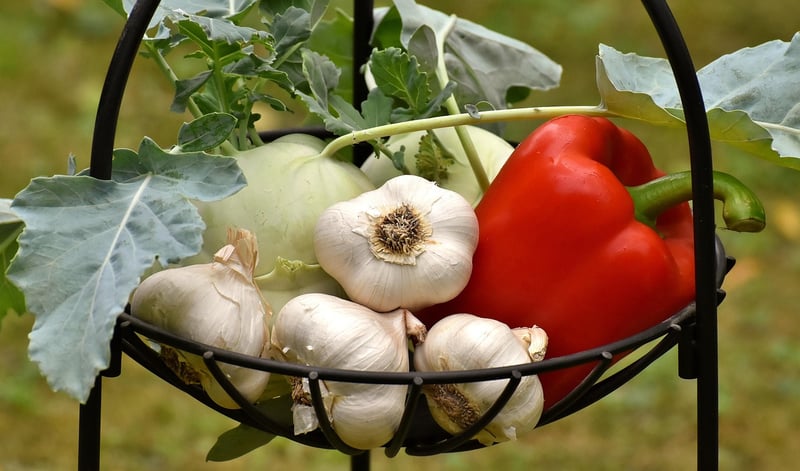Cooking Physics
Uncover the Science Behind Food: Cooking Physics

Have you ever wondered about the physics behind cooking? The way heat transforms ingredients into delicious dishes is a fascinating process rooted in science. Let's delve into the world of cooking physics to understand how different cooking techniques affect the food we eat.
Heat Transfer
Heat transfer is at the core of cooking physics. Whether you're baking, grilling, or sautéing, heat is responsible for transforming raw ingredients into cooked meals. Understanding the different methods of heat transfer - conduction, convection, and radiation - can help you master the art of cooking.
Maillard Reaction
The Maillard reaction is a crucial chemical reaction that occurs when heat is applied to proteins and sugars in food. This reaction is responsible for the browning, flavor, and aroma of cooked food. By controlling the temperature and time of cooking, you can enhance the Maillard reaction and elevate the taste of your dishes.
Emulsions and Suspensions
Cooking often involves creating emulsions and suspensions to achieve the desired texture and consistency in dishes. Emulsions, like mayonnaise, are stable mixtures of two immiscible liquids, while suspensions, such as salad dressings, consist of solid particles dispersed in a liquid. Understanding the science behind these structures can help you create perfectly balanced dishes.
Pressure Cooking
Pressure cooking is a cooking technique that utilizes steam pressure to cook food quickly. By increasing the pressure inside a sealed pot, the boiling point of water rises, leading to faster cooking times. This method is not only efficient but also helps retain the nutrients and flavors of the ingredients.

Conclusion
By understanding the principles of cooking physics, you can elevate your culinary skills and create delicious meals with precision. Experimenting with different cooking techniques and applying scientific concepts to your recipes can unlock a world of flavors and textures in the kitchen. So, next time you cook, remember that behind every dish lies the fascinating science of cooking physics.
